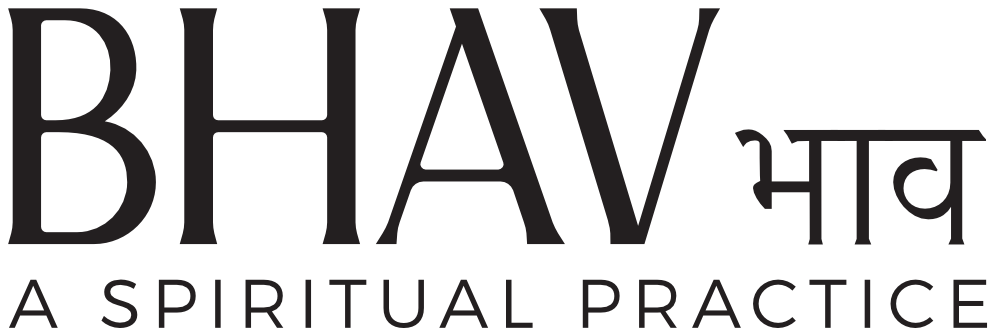Patanjali’s eight limbs of yoga: DHYANA
As the mind becomes more single pointed, awareness begins to flow effortlessly in an unbroken stream. This perception shift can be likened to intellect being trumped by intelligence and wisdom. The thinking mind tends to stop fluctuating, or at the very least fluctuating as much. Seeing emerges out of active looking or searching. Hearing emerges out of trying to listen.
It is here at this stage the innate qualities of the object in which focused on are transmitted to the meditator, hence why at this stage of practice the object itself becomes very important, because as time goes by the inherent qualities of the object will merge with us and begin to transform us. These qualities will endure and continue to shape us even after the practice has been completed. This has a huge impact on our future way of being. Through repetition and dedicated practice, the mind slowly becomes more and more like the chosen object in the way that it sees, thinks, feels and acts.
Therefore it is VERY IMPORTANT to choose the right meditation object. The most supreme object is Mantra. Mantra is not a thing or an object, it's more like a state of consciousness or a realm of existence. As it says in the Bible: 'In the beginning was the word and the word was with God, and the word was God'. The Vedas say the exact same thing, exchanging the word 'God' with 'Brahman', meaning the Absolute.
Sound and vibration, as science now shows, is the framework of this manifested world; the source of all creation and life. This is why Mantra is the most supreme object of meditation. Mantras have the capacity to heal, transform, inspire, protect and enlighten. However you should choose your mantras wisely as not all mantras do all of these things. Some mantras will have no positive effect at all.

